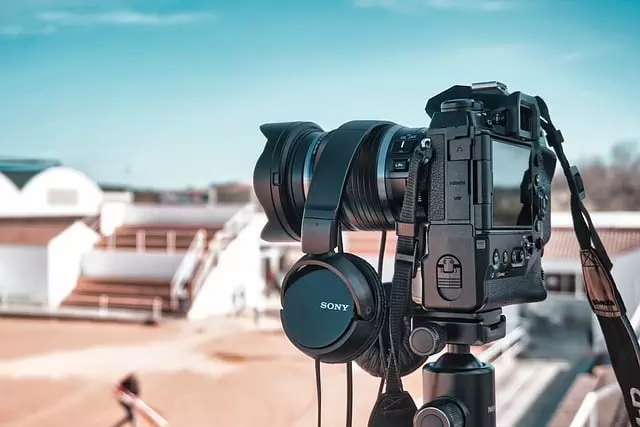TL;DR:
Converting files to DivX format enhances multimedia sharing by leveraging powerful compression techniques that boost data transfer rates while preserving high-quality video and audio. This process uses specialized software to fine-tune settings like bitrate, resolution, and audio quality for optimal efficiency. DivX significantly improves data speeds, especially over the internet, making it ideal for online streaming and file sharing without noticeable quality loss. Learning how to convert DivX ensures a smooth process for transferring high-definition content efficiently across various platforms.
Introduction:
In an era driven by rapid data exchange, efficiently converting and transferring files remains paramount. This article delves into the world of DivX, a powerful video compression format known for enabling fast and efficient data transfer rates. We’ll explore how How to Convert DivX through strategic approaches, addressing challenges, and leveraging tools and settings to optimize your video conversion process. By the end, you’ll be equipped with the knowledge to boost data transfer efficiency, ensuring smoother and faster file exchanges.
# How to Convert DivX: Boosting Data Transfer Efficiency

Converting files to DivX format can significantly enhance data transfer rates, making it an efficient choice for multimedia sharing. The DivX codec is renowned for its ability to compress video and audio data while maintaining high-quality output. By converting your media files to this format, you take advantage of advanced compression techniques that reduce file sizes without sacrificing visual and auditory fidelity.
The process of converting to DivX involves using specialized software that supports the DivX codec. These tools enable users to adjust various settings, including bitrate, resolution, and audio quality, to tailor the output to their specific transfer needs. Optimizing these parameters ensures that the data transfer rate is maximized while still achieving the desired level of video and audio quality.
Understanding DivX and its Impact on Data Transfer

DivX, a video compression format known for its high-quality encoding and efficient data compression, has played a significant role in enhancing data transfer rates. This technology was developed to enable faster and more streamlined transmission of digital media, especially over the internet. By employing sophisticated algorithms, DivX compresses videos while minimizing quality loss, making it ideal for online streaming and file sharing.
Converting video files to DivX format can significantly improve data transfer speeds. The process involves encoding the video using DivX codecs, which reduce file size without sacrificing visual fidelity. This is particularly beneficial for users looking to share high-definition content or for streaming services aiming to optimize bandwidth usage. Learning how to convert DivX ensures a seamless experience in transferring and enjoying digital media across various platforms.
In conclusion, How to Convert DivX is a powerful method that significantly boosts data transfer efficiency. By understanding and leveraging DivX’s capabilities, users can achieve fast and efficient data transfer rates, ensuring smooth and quick file sharing. This article has provided a comprehensive guide on the process, empowering readers to optimize their data movement needs with ease.
